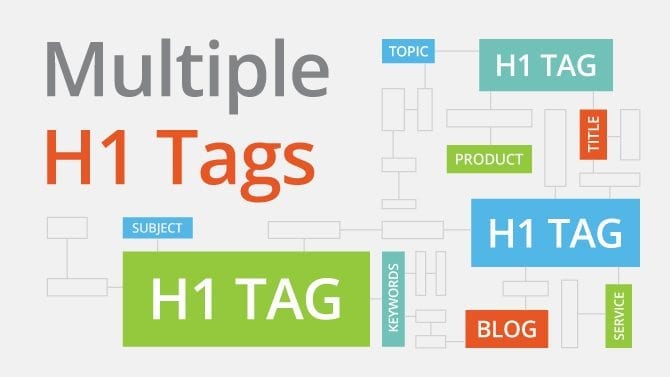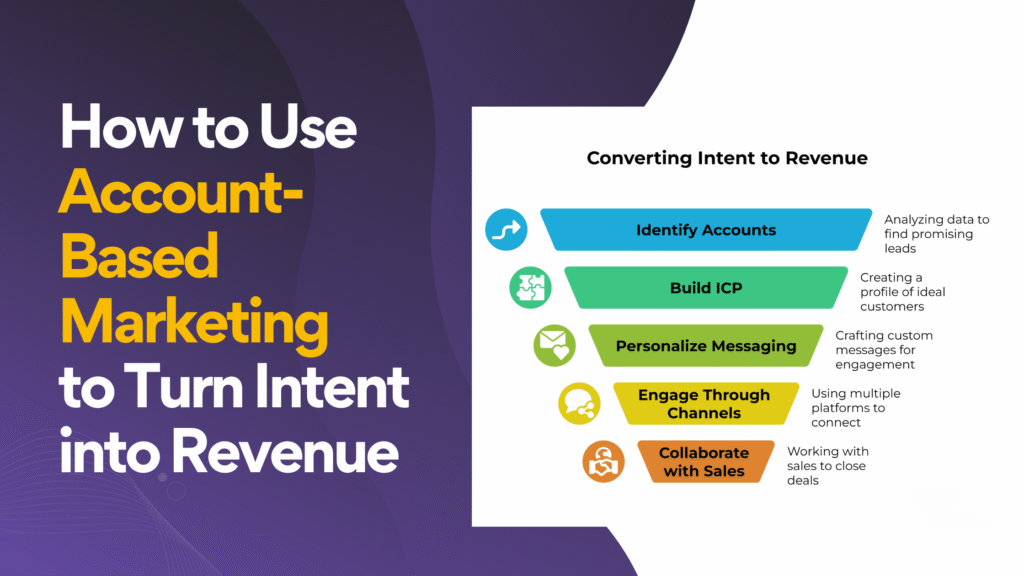When building an SEO-friendly website, one of the common questions that comes up is, “Should I use H1 tags more than once?” This query often leads to debates among developers, content creators, and SEO experts. Understanding the correct usage of H1 tags is crucial because they serve as one of the fundamental elements for search engine optimization and user experience. In this blog, we will delve into the importance of H1 tags, how many H1 tags should be used on a webpage, and how the use of multiple H1 tags can affect SEO performance.
 What is an H1 Tag?
What is an H1 Tag?
An H1 tag is a type of HTML tag that represents the highest level of heading on a webpage. It is used to define the main topic or title of that particular page. Think of it as the headline of an article or the title of a book—it sets the stage for everything else that follows. The H1 tag is critical for both search engines and users. For search engines like Google, the H1 tag is a key factor in determining the topic of the page, thus affecting how it will rank in search results. For users, the H1 tag provides clarity about the content they are about to read, improving the overall experience.
 Should I Use H1 Tags More Than Once?
Should I Use H1 Tags More Than Once?
The short answer to the question “Should I use H1 tags more than once?” is no. Traditionally, it has been considered best practice to use only one H1 tag per webpage. However, with advancements in web development, particularly with the introduction of HTML5, it is technically possible to use multiple H1 tags on a single page. But just because it’s possible doesn’t mean it’s ideal for SEO. While HTML5 supports the use of multiple H1 tags for different sections of a page, it’s still recommended by most SEO experts to stick with just one H1 tag per page for clarity and better SEO results.
Why Should You Use Only One H1 Tag?
Using only one H1 tag is crucial for SEO and user experience, as it helps search engines understand the page’s main focus and improves clarity for users. Multiple H1 tags can confuse both search engines and readers, weakening SEO efforts and creating a poor user experience. A single, well-optimized H1 tag enhances the content hierarchy, making it easier for search engines to crawl and index the page effectively.
Can You Use Multiple H1 Tags with HTML5?
HTML5 permits multiple H1 tags for different sections or articles on a webpage, which benefits sites with dynamic content. However, for SEO, it’s best practice to use a single H1 tag per page to maintain clarity and focus, despite Google’s ability to understand multiple tags.
How Many H1 Tags Should a Page Have for SEO?
To answer the question, “How many H1 tags should a page have for SEO?”—the best practice is to have only one H1 tag per page. Having multiple H1 tags can confuse search engines about the main topic of the page, weakening its ability to rank effectively. On the other hand, having one well-structured H1 tag gives a clear signal to search engines, enhancing your page’s SEO performance.
Best Practices for Using H1 Tags
 Now that you understand the importance of using only one H1 tag, let’s explore some best practices for H1 tag optimization.
Now that you understand the importance of using only one H1 tag, let’s explore some best practices for H1 tag optimization.
1. Include Keywords in Your H1 Tag
Your H1 tag should include the primary keyword that you want to rank for. This helps search engines quickly identify the main topic of the page and boosts your chances of ranking for that keyword. However, make sure the keyword usage is natural. Don’t stuff keywords into your H1 tag, as this can lead to a poor user experience and may even result in penalties from search engines.
2. Keep the H1 Tag Clear and Concise
Your H1 tag should be clear, concise, and to the point. A good rule of thumb is to keep your H1 tag under 70 characters. This ensures that it is fully visible in search results and easily understood by users. Avoid making your H1 tag overly complicated or lengthy, as this can confuse both users and search engines.
3. Position the H1 Tag at the Top of the Page
The H1 tag should be positioned near the top of the page. Ideally, it should be one of the first things that users and search engines see. Placing your H1 tag too far down the page can reduce its importance in the eyes of search engines, and users might not recognize it as the main heading.
4. Use One H1 Tag and Supplement with H2 and H3 Tags
While you should only use one H1 tag, you can use multiple H2 and H3 tags to structure your content. These subheadings help create a clear hierarchy, making it easier for both users and search engines to understand your content. The use of multiple H2 and H3 tags allows you to break down the page into sections, improving readability and SEO.
5. Ensure the H1 Tag Stands Out Visually
In addition to its technical role, your H1 tag should also stand out visually. Use larger font sizes, bold text, or different colors to make it easy for users to identify the main heading. This enhances the user experience and helps users quickly grasp the main topic of the page.
Impact of Multiple H1 Tags on SEO
Using multiple H1 tags can harm your SEO by confusing search engines about your page’s main focus, potentially leading to lower rankings due to unclear content structure and relevance.
Pages with multiple H1 tags can reduce user-friendliness and increase bounce rates, as users may struggle to identify the main topic. In contrast, pages with a single H1 tag, along with H2, H3, and other headings, perform better due to a clear and logical structure.
Common Mistakes to Avoid with H1 Tags
Common mistakes with H1 tags include using multiple H1 tags on a single page, which dilutes their importance and confuses search engines, and failing to include the primary keyword in the H1 tag. It’s best to use one H1 tag per page and incorporate relevant keywords.
H1 tags are essential for indicating a page’s topic to search engines and improving keyword rankings, but they should be used solely for main headings, not for styling, to avoid confusing search engines about content hierarchy. Additionally, H1 tags should be concise and focused, as overly long tags can reduce effectiveness.
H1 tags are crucial for helping search engines understand a page’s topic and improve keyword rankings, so they should be used solely for the main heading rather than for styling purposes; using CSS for styling is recommended. Additionally, H1 tags should be concise and focused, as overly long tags can be ineffective.
Conclusion
So, should you use H1 tags more than once? The answer is no. It’s best practice to use only one H1 tag per page to ensure clarity for both search engines and users. A single H1 tag provides a clear signal about the main topic of the page, improving SEO performance and user experience. While HTML5 allows for multiple H1 tags, the traditional approach of sticking to one H1 tag is still the best strategy for SEO. Make sure your H1 tag includes relevant keywords, is concise, and is placed at the top of the page. By following these best practices, you can enhance your website’s search engine rankings and deliver a better experience to your users.
Achieve higher rankings and greater success with our Fully Managed SEO Services, designed to suit your needs. Get started with a free SEO consultation to unlock your potential. Visit Fully Managed SEO Services and Free SEO Consultation to get the results your business deserves.
 WhatsApp Now
WhatsApp Now
 +(91) 8700778618
+(91) 8700778618




